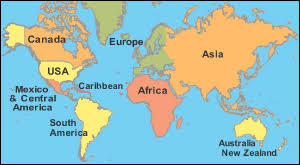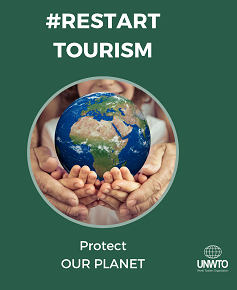Buddhist tourism gets new push in India

New Delhi : The Buddhist tourism circuit in India is getting a new fillip with the luxury tourist shuttle, the Mahaparinirvana Express, expanding its run to touch Buddhist sites in Odisha from Jan 20 besides those in Uttar Pradesh and Bihar.
The move is to meet the growing demand by pilgrims, especially from countries like Sri Lanka in South Asia as well East and Southeast Asia, to visit more places associated with the Buddha – Bhubaneswar, Lalitagiri, Khandagiri and Udayagiri.
“The train that begins from Safdarjung in the capital now goes to Bodh Gaya, Rajgir, Nalanda, Varanasi, Sarnath, Gorakhpur, Kushinagar, Lumbini and Sravasti in a seven-night, eight-day odyssey,” Harshvardhan Singh Rawat, an official at the Indian Railway Catering and Tourism Corporation (IRCTC), told IANS. The train, which was introduced in 2007, has tariffs ranging from Rs.7,500 to Rs.34,000.
Speaking on the margins of the Confederation of India Industry Roundtable on Indian Tourism, the IRCTC official said the government was reconsidering resuming the Chennai Buddhist shuttle that stopped in March this year.
“We will soon put the train from Chennai back on track to cater to the surge of Buddhist pilgrims from Sri Lanka. We are working out the cost of the 21-day, 20-night trip that covers many more places than the Delhi train,” the official said.
The Mahaparinirvana Express, on an average, clocks 60 percent occupancy with the bulk of tourists from China, Thailand, Taiwan and other countries in the region. The official said tourists from at least 30 countries opt for train tourism in the Buddhist circuits.
The corporation has tied up with luxury hotels at Bodh Gaya, Kushinagar, Gorakhpur and Lumbini (Nepal) to host the tourists overnight. Now the spotlight is on Odisha, where Buddhist sites had been in the shadow of the popular Puri-Konark Hindu pilgrimage tourism.
The Odisha loop comprising Ratnagiri-Dhaulagiri-Udayagiri-Khandagiri and Langudi dates back to early 6th century BC. The sites are dotted with stupas, chaityas and Ashokan edicts. It is also a seat of the study of Vajrayana Buddhism.
Amiya Pattnaik, vice-chancellor of Utkal University of Culture in Bhubaneswar, who was in the capital to promote the Buddhist circuit, said the state was home to 100 Buddhist sites of which 20 were “very important”.
“Ratnagiri can be compared with Nalanda and can even compete with Bodh Gaya,” he said.
Ancient Buddhist documents indicate that “Buddha Kesha” (hair relics) were brought to the state by two rich traders, Tapassu and Ballika. Later, the Buddha’s teeth were also believed to have been brought to the state.
S.K. Yadav, managing director of Wanderlust Travel, meanwhile said the “hardcover Buddhist tourism circuit should be redefined and diversified”.
“Why not give the tourists Ladakh in the package? Not just Buddhist shrines, but tour operators must package the entire destination with out-of-the-box activity like yak safaris. Tour operators need to think about promoting new Buddhist destinations,” Yadav said at th CII roundtable.
Sreenivas Rao, managing director of Rao Travels, said of the nearly 400 million Buddhists around the world, around 200,000 (2007 figure)-500,000 people come to India and this should be increased. “We should look for at least two million. Even if they spend $1,000 per head, it would contribute to over $2 billion to the economy,” he noted.
Ravi Luthra, director of Landmark Tours and Travels Pvt Ltd, said that a lot more needs to be done in providing facilities, identifying potential and ensuring law and order. “Lot of tourist-generating countries that are Buddhist have to be ready to develop infrastructure. Tourist associations like IATO – Indian Association of Tourist Operators – are playing a positive role in promoting Buddhist tourism with special seminars,” he said. – IANS














